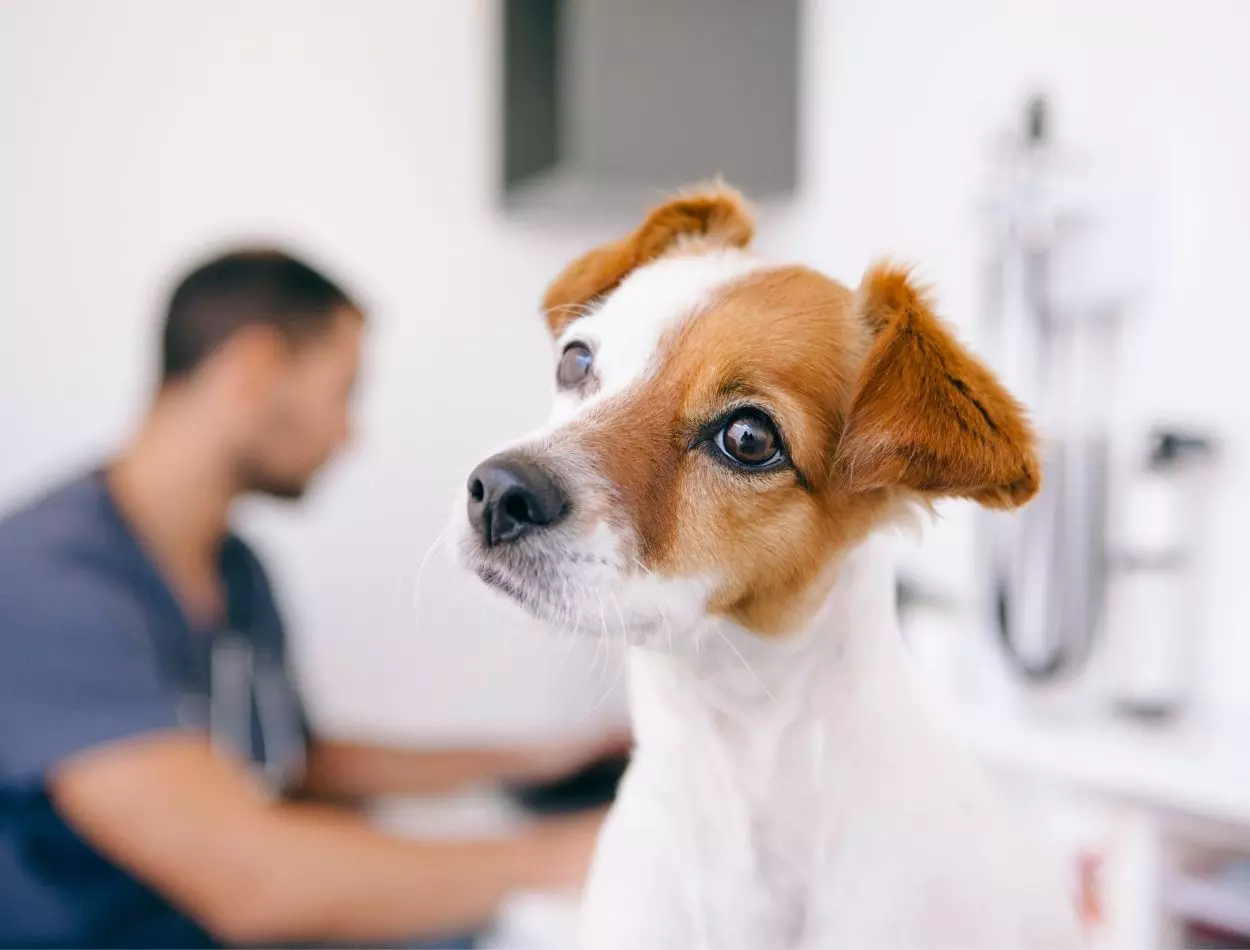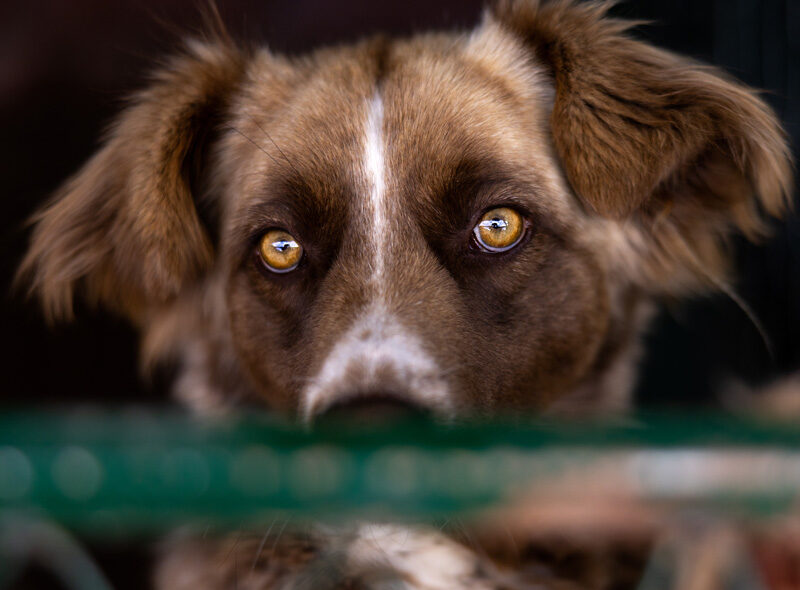
Spay/Neuter Assistance
Cusco Canine Rescue offers spay/neuter assistance to owners who qualify in the Cusco Region to help reduce unwanted litters and address the problem of pet overpopulation. Please note that wait time can be 6 to 12 months.

Why should I spay/neuter my pet?
- Spaying/Neutering provides major health benefits and a longer, healthier life – it reduces the chances of CANCER (breast, uterine, prostate, and testicular), UTERINE INFECTIONS and PROSTATE DISEASE.
- Your spayed female won’t go into heat – Spaying eliminates undesirable elements of her heat cycle such as bleeding, crying, and nervous behaviors.
- Early age sterilization offers quicker recovery and less stress on the pet.
- A neutered dog is less likely to roam – An intact male will do just about anything to find a mate! That includes trying to escape from the house/ yard.
- Your neutered male will be much better behaved, calmer and more affectionate – Many aggression problems can be avoided by neutering.
- Spayed/Neutered animals get along better with other animals.
- Spaying/Neutering will NOT make your pet fat – Your pet will remain fit as long as you provide exercise and monitor food intake.
- Spaying/Neutering will save you money – The cost of caring for a pregnant mother and her litter can be hundreds of dollars.
- Spaying/Neutering your pet is good for the community – It helps reduce the number of animals on the streets that might be prey on wildlife, cause car accidents, damage the local fauna and frighten children.
- Spaying/Neutering helps fight pet overpopulation – Every year, millions of cats and dogs of all ages and breeds are euthanized or suffer as strays. These high numbers are the result of unplanned litters that could have been prevented by spaying or neutering.
- Your pet doesn’t need to have a litter for your children to learn about the miracle of birth – Letting your pet produce offspring you have no intention of keeping is not a good lesson for your children-especially when so many unwanted animals end up in shelters.
- There are no benefits of letting your pet have ”just one litter” – Research shows that the whole pet population problem stems from this. “Just one litter” from thousands of families means many unwanted pets.
- Just because your dog is a purebred doesn’t mean it should be bred – There are many dogs in shelters that are purebred not even including those in rescue groups.
Before and after surgery instructions.
BEFORE SURGERY
- Remove food and water after midnight – Your pet can have dinner the night before the surgery but please remove all liquids and food after midnight.
- Keep your pets indoors – Pets must be kept indoors or confined the night before surgery. This will ensure that they do not eat anything outside and that they are ready for their appointment.
- If your pet is a dog, please take it “potty” to relieve itself before leaving it with us that morning.
AFTER SURGERY
- Limit activity – Some animals are active after surgery, while others remain quiet for a while. Either way, restrict exercise – no jumping, running, or climbing stairs for 7-14 days, these activities could disrupt the healing process.
- Feed small amount in the evening after surgery – Your pet has had a small snack on the day of surgery, and their appetite should return gradually within 24 hours. Feed a regular diet in the morning after surgery. Do not change your pet’s diet at this time, changes in their diet could hide post-surgical complications.
- Monitor your pet – Although patients’ reactions to surgery can vary, lethargy (lasting for more than 24 hours after surgery), diarrhea, vomiting, etc. are NOT normal. Contact us immediately if any of the following occurs:
- Loss of appetite for more than two days
- Refusal to drink water for more than one day
- Severe depression, weakness or pain
- Vomiting
- Diarrhea
- Elevated or below normal temperature
- Incision drainage, swelling or redness
- Check their incision daily – It is normal that the incision is a little inflamed and/or swollen but watch for excessive swelling, redness, or drainage. The incision’s stitches are absorbable and will dissolve. Please don’t apply anything to the incision and do not allow excessive licking or chewing at the incision. If you are unable to stop your pet from licking or chewing the incision, please check your local pet store for an ecollar (cone).


